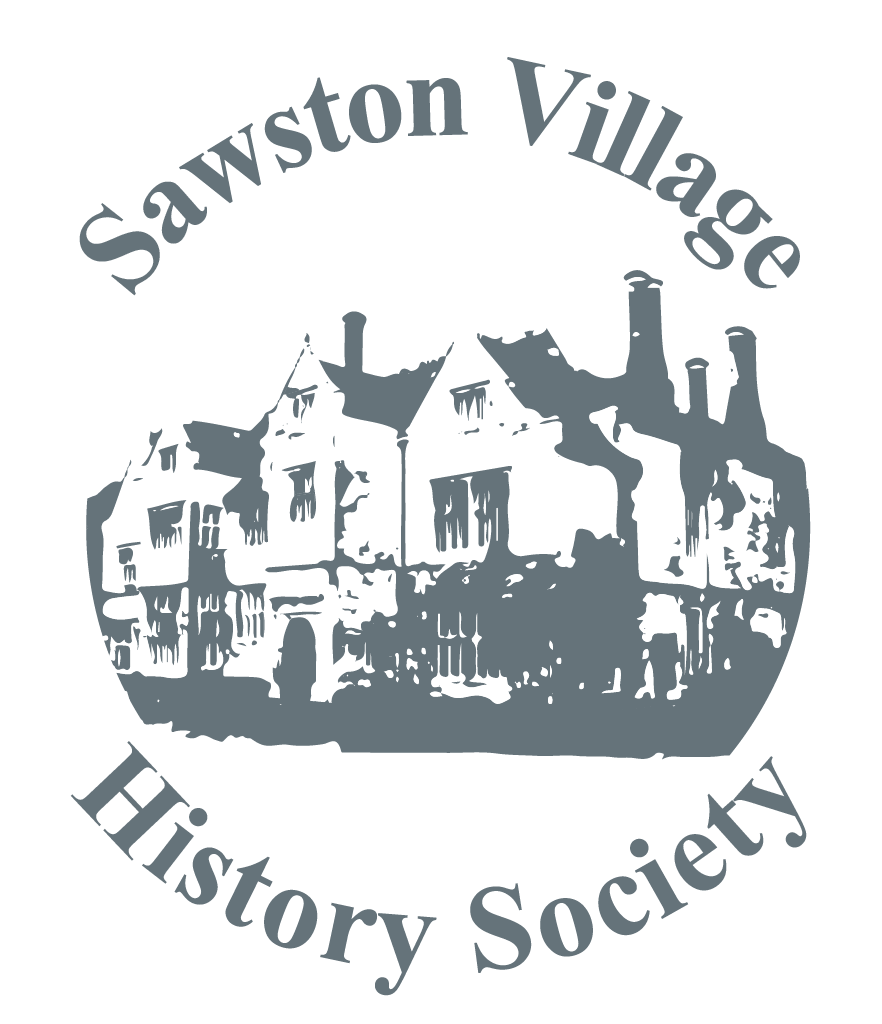
The speaker at our January meeting was Helen Harwood, who talked about three Cambridge Heroes in the 1930s: Florence Keynes, William 'Billy' Briggs, and Sir Arthur Marshall.
Florence Keynes was the mother of the even more well known John Maynard Keynes. She was born in 1861 and was one of the first women to study at Newnham College, Cambridge. From the start of her career, she took a very active interest and involvement in social work. She set up a centre for the unemployed which was especially relevant in the late 20s and early 30s. She was involved in the conversion of the Cambridge workhouse in Mill Road to a hospital, then later a maternity hospital.
In l9l4 she became a City Councillor and became very active in pushing for women's rights. She became Cambridge's first female mayor in 1931. She married John Neville Keynes and their three children all had glittering careers, especially John Maynard Keynes who became a world-famous economist.
Helen's second Cambridge hero was William 'Billy' Briggs. He was the son of a Cambridge railway worker and started work on the railway at 15, becoming active in the Labour Party and the Railway Union. He was elected council member for the 'Red Romsey' ward in 1920 and served for 36 years, chairing the Education Committee. During the General Strike he had to deal with strike-breaking Cambridge undergraduates who managed to derail a train under Mill Road bridge. He organised many peaceful protests as a Labour supporter and Trade Unionist. Briggs initiated a programme of slum clearance and house building, the new houses being relatively large but with affordable rents for working people. He was elected as the first Labour mayor of Cambridge in 1936. During the 2nd World War he was very active in the Civil Defence, and was awarded an OBE in 1941.
The third Cambridge hero was Sir Arthur Marshall, who in 1924 joined the growing garage business founded by his father David in 1909. Graduating from Cambridge with an engineering degree, Arthur learnt to fly in such planes as the de Havilland Tiger Moth, and was then instrumental in the purchase of an airfield at Fen Ditton, where Cobham Flying Circus performed in 1929 and Marshalls Flying School had headquarters from 1930.
In spite of the Great Depression of the early 1930s, the Marshalls Aero business grew and grew with the demand for training and aircraft servicing. So a larger airfield was bought near Teversham and was opened in 1937. The revolutionary new Spitfire was shown at the airport in 1938. During WWII 20,000 RAF pilots were trained; the training scheme was adopted by the RAF in 1941.
During the war Marshalls also modified and repaired over 5,000 aircraft, including Mosquitoes, Spitfires, Hurricanes, Wellingtons and B17s. During this time the work force had expanded to over 3,000.
After the war the aeronautical part of Marshalls became Marshalls Aerospace. It had major contacts with many governments for the modification, testing and repair of many different aircraft. Later there was the ongoing servicing of the Hercules, Valiant modifications, development of the Concorde "droop snoot" and the construction of a flying test bed for the A 400M. In 1995 Marshalls carried out the design and conversion of a TriStar to carry Pegasus satellite launch rockets.
In 1989 Arthur handed over the reins as chair and chief executive to his elder son, Michael. He was awarded the OBE in 1948 and knighted in 1974. After many other honours, he died aged 103 in 2007.
Bruce Milner